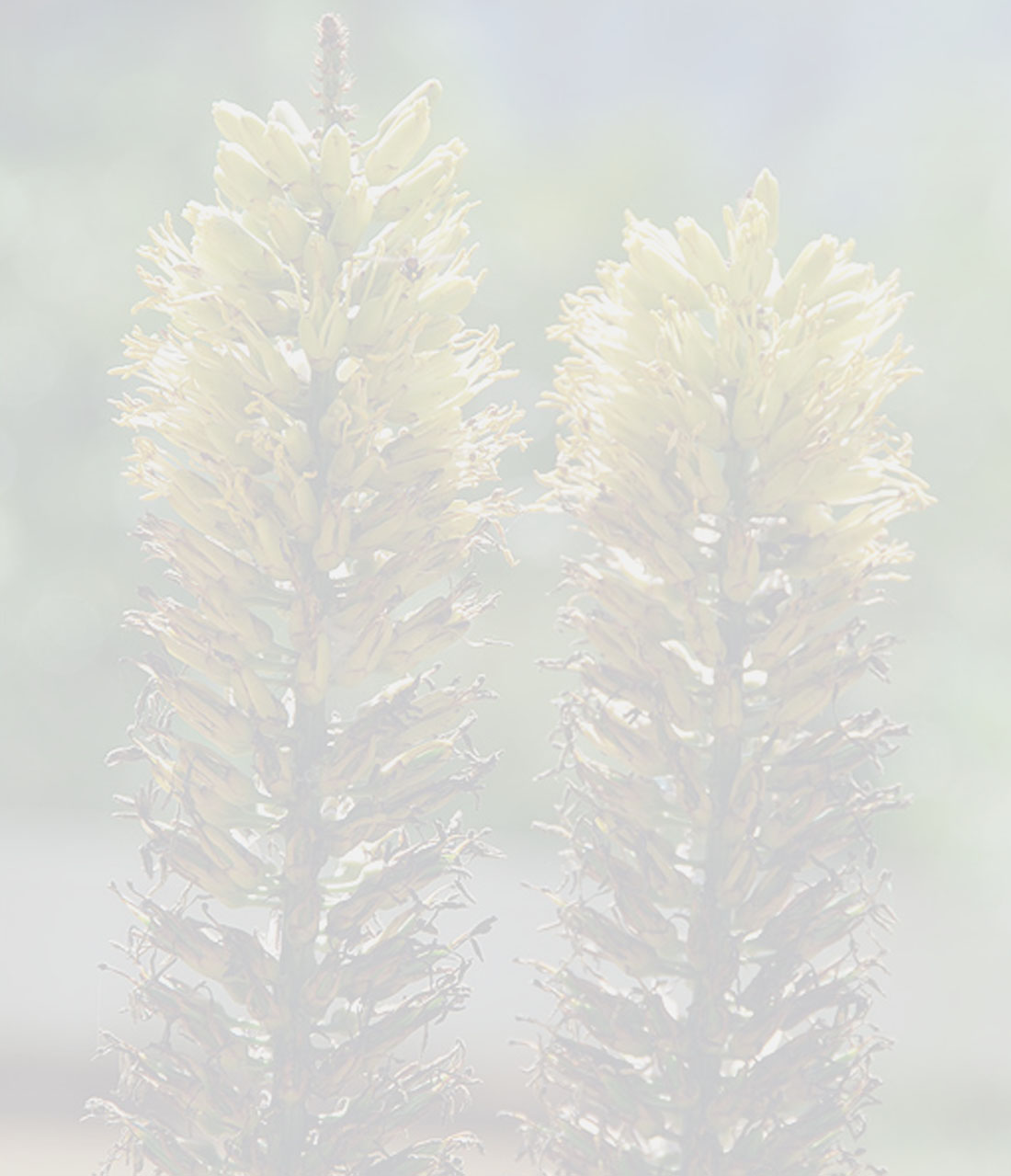Encholirium spectabile Mart. ex Schult. & Schult.f.
Literature references:
*move your mouse pointer over the page numbers to see comment
Comments:
- According to Mez the genus was spelled Encholirion in Roem et Schult Syst VII 1283 1830 —See Mez 1935
- Common name: "gravata", macambira " or "macambira de flesha".
Encholirium spectabile is, without doubt, the most common species of the genus, due to frequency with which it is found in the rocky Flora along every caatinga. It is also the taxon with the largest morphologic variability and widest geographical distribution inside of the genus. These two combined facts, have meant that extreme variants have been described as species over the years.
E. spectabile was described by Schultes & Schultes f. in 1830, based on material collected by Martius in Bahia, in 1818. Ule (1908), it described E. densiflorum using as a character diagnosis the inflorescence with the rhachis completely covered by the flowers. Secondly that author, used such a characteristic to differentiate this species from E. spectabile. In the same work, he also described E. rupestre, differentiating it from E. spectabile by the shorter pedicels and from E. densiflorum by the subcongested inflorescence with an exposed rhachis.
Smith (1943), described E. hoehneanum based on the material collected from Jacobina, BA, differentiating it from E. spectabile by the shorter and more robust pedicels. The same author, in 1958, described E. lutzii from a specimen collected from the outskirts of Rio São Francisco, in Bahia, basied mainly on the presence of small basal branchings in the inflorescence and smaller flowers than that in E. spectabile. Smith (1972), based on material, also coming from Bahia, collected close to Barreiras, described E. patens, differentiating this species from E. lutzii by the long caudate floral bracts, delicate pedicels and green flowers.
Smith & Read (1989) proposed eight new binomials based on material that, up to that time, had been treated by the first author as E. spectabile. Of these, only E. brachypodium, E. luxor, and E. belemii are accepted in the present treatment as different species.
It is observed that all of the binomials published over the years for the " spectabile complex ", were frequently described based on characteristics used in the taxonomy of the genus. However, these descriptions were based, without exception, just on material that, many times, were at the end of flowering, in bud or, even, in fruit.
The specimens coming from the north area of the Cadeia do Espinhaco (Jacobina, Gentio do Ouro and Morro do Chapeu), have flowers with more reduced pedicels and larger floral bracts. In this group, the binomials E. rupestre, E. harleyi, and E. hoehneanum are included. However, we believe that these are extreme variations of these characters. It was also possible to observe that the lax or subcongested inflorescences are present inside the same population or in the same individual. Regarding the floral bracts, a great variation in form and size was observed, and it was not possible to recognize outstanding and constant differences (Table V). The presence of small branches at the base of the inflorescence can occur with certain frequency in individuals of a same population, but it does not constitute a constant difference.
Examination of various collections verified that the group of characters used for the differentiation of the countless taxa described, present a continuous gradient, and it is not possible to recognize clear and constant differences among the individuals of the different populations (Table V).
The characters used by the authors to differentiate taxa wihin the " spectabile complex ", are frequently accepted in the taxonomy of the group, however, they can be appraised better when they concern E. spectabile, due to great plasticity of this species.
Before the above explanation, we believed that the best position to take was to maintain a unified species, because of the great plasticity in the phenotypes that occur along the whole domain of the caatinga.
Encholirium spectabile is a species with the widest geographical distribution for the genus, occurring in almost the whole northeast area of Brazil (Fig. 25). It has a southern limit of distribution in the Flora area of Milagres, in Bahia, and to the north the municipal district of Buriti dos Lopes, in Piauí. E. spectabile is found, invariably, with rocky Flora, mainly in the caatinga, where it forms huge populations (Fig. 48 - A & B) or, more rarely, in the rupestral fields of the mountains to the north of Cadeia do Espinhaco (Fig. 48 - C & D) and in locations in the transition caatinga-savannah —See Forzza 2001

